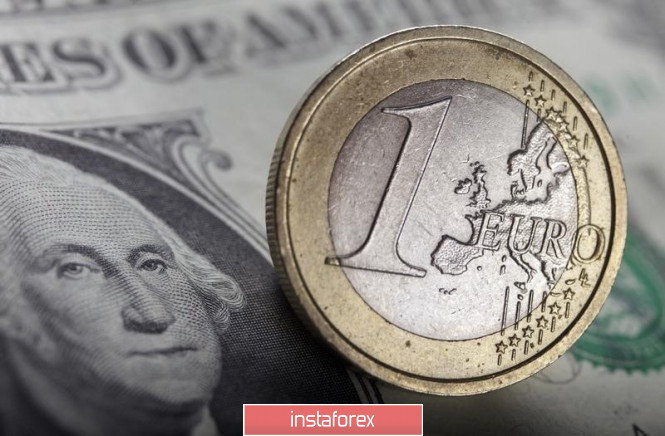

If earlier China stated that it would not conduct trade negotiations with the United States at gunpoint, then in October a delegation from China was forced to come to Washington because of the threat of an increase in duties on Chinese goods worth $250 billion from 25% to 30%. According to US Treasury Secretary Stephen Mnuchin, if the parties do not conclude a final agreement by December, the United States will introduce tariffs of $156 billion for deliveries from China from December 15. It turns out that the White House is not going to give up threats, and Beijing is forced to build a dialogue under a gun attached to his head for the benefit of the global economy.
De-escalation of the trade conflict between the US and China is a seemingly bullish factor for EUR/USD and good news for the eurozone economy, which, due to its openness, looks one of the most affected by trade disputes in Washington and Beijing. However, the progress in trade relations between the United States and China is also a strong argument in favor of the growth of the S&P 500. The outperforming dynamics of US stock indexes over foreign counterparts, as a rule, is one of the main drivers of greenback strengthening.
The dollar is also currently benefiting from market uncertainty. Washington believes that the next step in the trade negotiations will be the meeting of Donald Trump and Xi Jinping on the sidelines of the APEC summit in November, while Beijing would like to continue them at the end of October to clarify the details of recent agreements. At the same time, the truce achieved in the trade war reduces international risks and reduces the chances of a weakening monetary policy by the Federal Reserve. Amid recent events, the likelihood of a reduction in the federal funds rate by 25 basis points in October fell from 89% to 74%.
Thus, the "bears" in EUR/USD still have enough reasons to keep the pair in the range of 1.088–1.11.
The main reason for the EUR/USD rally in October was the weakness of US statistics. Disappointing data on business activity and inflation in the United States led to a correction in the index of economic surprises. In this regard, the publication of the September report on retail sales in the United States may be a key event of the current week. If the US manufacturing sector, which is suffering from trade wars, pulls consumer activity to the bottom, the state of the US economy will continue to deteriorate, and EUR/USD will grow. Expectations of a weak retail report could serve as a catalyst for a breakout of resistance at 1.1045 and 1.1065.